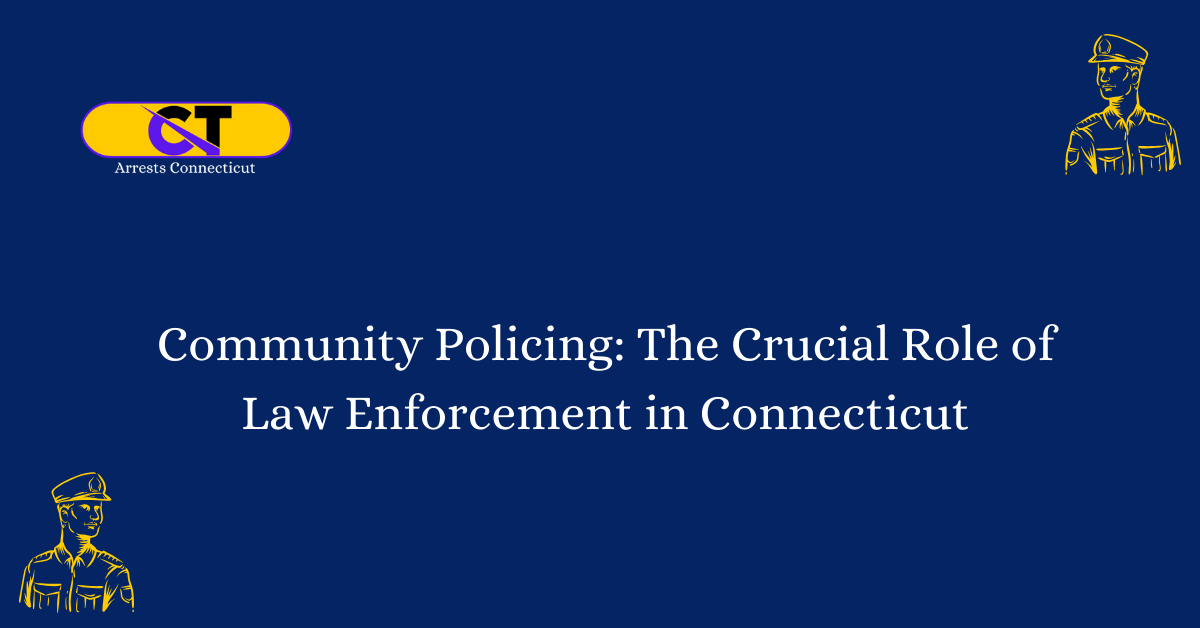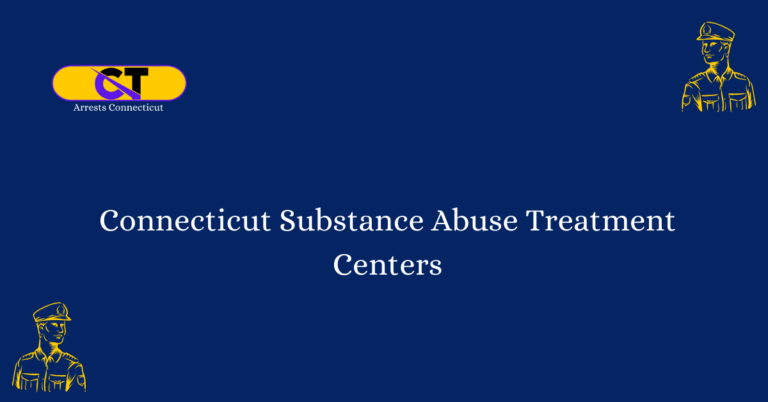Community Policing The Crucial Role of Law Enforcement in Connecticut
Community policing is a proactive and collaborative approach to law enforcement that emphasizes building positive relationships between police officers and the communities they serve. In Connecticut, this model plays a crucial role in maintaining public safety, fostering trust, and promoting a sense of security among residents. This comprehensive data will delve into the key aspects of community policing, its implementation in Connecticut, and the positive impact it has on both law enforcement and the community.
Understanding Community Policing
Community policing is rooted in the idea that law enforcement should be more than just crime response; it should actively engage with the community to address the root causes of issues, prevent crime, and build lasting connections. In Connecticut, police departments have adopted this philosophy to create a more inclusive and supportive environment.
Building Trust and Collaboration
One of the primary goals of community policing is to establish trust between law enforcement and the community. Connecticut law enforcement agencies prioritize open communication and engagement with residents through community meetings, events, and outreach programs. Officers work to understand the unique needs of each neighborhood, fostering a sense of partnership that goes beyond traditional law enforcement roles.
Problem-Solving Partnerships
Community policing involves identifying and addressing the underlying issues contributing to crime and disorder. Law enforcement agencies in Connecticut collaborate with community members, local organizations, and government agencies to develop effective strategies for crime prevention and problem-solving. This collaborative approach not only improves public safety but also strengthens the fabric of the community.
Community Outreach Programs
Connecticut law enforcement agencies actively engage in a variety of community outreach programs designed to bridge the gap between officers and residents. These programs include youth mentoring initiatives, school resource officer programs, and neighborhood watch programs. By participating in these activities, officers become familiar faces in the community, fostering positive relationships with residents of all ages.
Training and Education
To effectively implement community policing, law enforcement officers in Connecticut undergo specialized training focused on communication skills, cultural competency, and conflict resolution. This training equips officers with the tools they need to engage with diverse communities respectfully and address issues with sensitivity.
Measuring Success and Challenges
Law enforcement agencies in Connecticut use various metrics to measure the success of community policing initiatives. Reductions in crime rates, improved community satisfaction surveys, and increased cooperation between residents and officers are key indicators of success. However, challenges such as resource constraints, resistance to change, and external factors can impact the implementation of community policing strategies.
FAQS
What is the role of law enforcement in ensuring community safety?
Law enforcement plays a pivotal role in ensuring community safety by proactively preventing crime, responding to emergencies, and maintaining public order. Through community engagement, officers build trust, gather intelligence, and address the root causes of issues, fostering a secure and supportive environment for residents. Their commitment to public safety goes beyond enforcement, encompassing collaborative efforts to solve problems and create resilient communities.
How does law enforcement collaborate with the community?
Law enforcement collaborates with the community through initiatives such as community outreach programs, town hall meetings, and neighborhood watch programs. Officers actively engage in open dialogue, listen to concerns, and work together with residents, local organizations, and schools to identify and address community-specific issues. This collaborative approach builds trust, enhances communication, and strengthens the partnership between law enforcement and the community for effective crime prevention and problem-solving.
What is the significance of community policing?
Community policing goes beyond crime prevention and enforcement. It involves being an active member of the community, listening to concerns, and addressing the unique needs of each neighborhood. By fostering a sense of belonging and unity, we create a safer and more harmonious environment for everyone.
How does law enforcement prioritize proactive measures?
Proactive measures are essential in preventing crime and maintaining community safety. Officers are trained to identify potential risks, implement preventive strategies, and address underlying issues. By taking proactive actions, we aim to create a safer environment before problems arise.
What is the goal of our law enforcement agency?
The overarching goal of our law enforcement agency is to safeguard the community by preventing and addressing criminal activities. Through proactive measures, community engagement, and fostering public trust, the agency aims to create a secure environment, ensuring the well-being and safety of residents.
Conclusion
In Connecticut, community policing is a vital component of modern law enforcement, emphasizing collaboration, trust-building, and proactive problem-solving. By actively involving officers in the communities they serve, Connecticut law enforcement agencies are creating safer and more resilient neighborhoods. As community policing continues to evolve, its positive impact on public safety and community well-being will undoubtedly strengthen the crucial role of law enforcement in the Constitution State.







